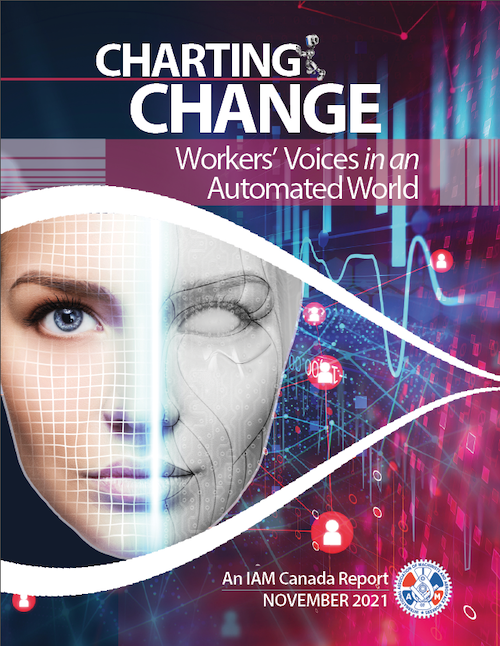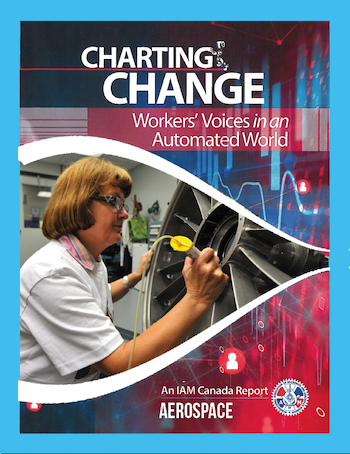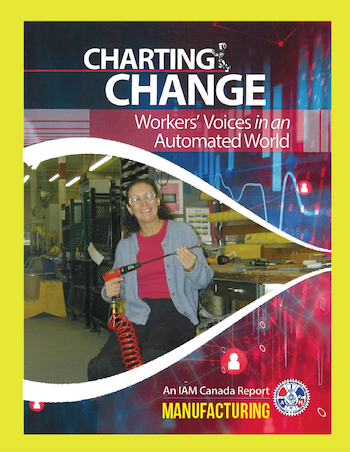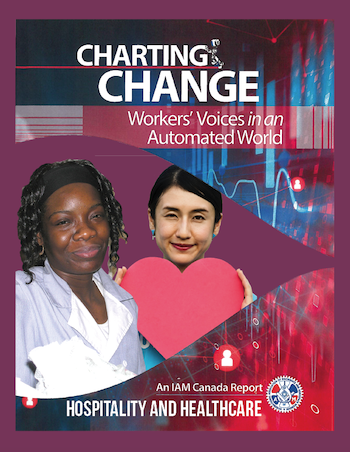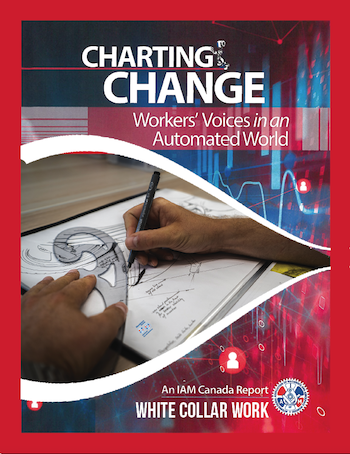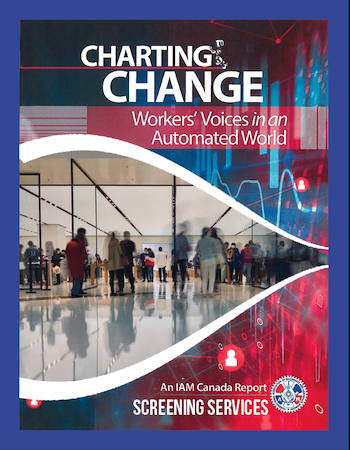Charting Change
The effects of artificial intelligence (AI) on employment has garnered a lot of interest as of late, as we hear about technological advancements on a daily basis. COVID-19 in particular has spurred the adoption of new ways of conducting business, most of which requires ways to avoid direct contact in order to reduce transmission.
Some industries are under tremendous pressure to adapt to new realities, or face continued losses, as is the case for air transportation. Travel at the height of the pandemic was paralyzed, and passenger levels had dropped anywhere from 95-98%. The recovery of air transportation wasn’t only dependent on eliminating travel restrictions, but on using technology to change the travel experience. Airlines, the Canadian Border Services Agency, and other parties part of the air transportation sub-sector quickly adapted, and most travellers are seeing the changes first hand, predominantly though, contactless technologies. After all, technology isn’t just a means for air transportation to recover, it is also a means for the industry to sustain itself through this and future pandemics.
To understand the impact of automation on workers in industries like air transportation, manufacturing, ship building, aerospace, healthcare and hospitality, and to offer a worker perspective the International Association of Machinists and Aerospace Workers (IAM) launched a study of automation. Our report, titled “Charting Change: Workers’ Voices in an Automated World,” offers conclusions and recommendations that come from focus groups with union members who voiced their worries, and daily realities with automation.

